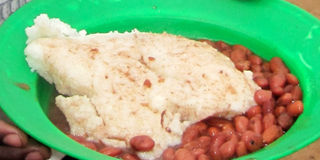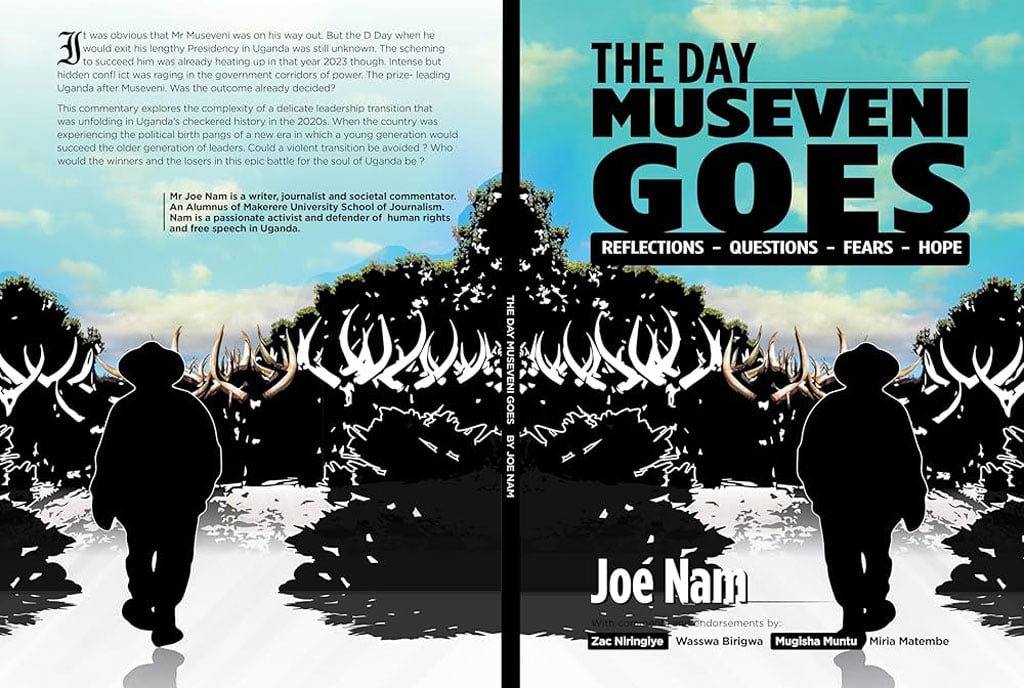Prime
Posho, the food that saw us through school

A plate of posho and beans made a great part of boarding school life.
What you need to know:
Posho. A stapple frowned upon by boarding school children and yet craved by those out of school, posho continues to be a great part of our lives irrespective of the times.
For many people, talking about posho is synonymous with school memories, especially for those who went to boarding school. Some schools served the dish from the first day of the term until the end without a change in diet, and surprisingly, students would be strong and healthy.
Students would still devour it with relish when hunger hit its peak, even when served in an unappetising way- raw, or full of weevils, or smelling terrible from moisture accumulated due to bad storage (or having spent long in the stores).
Christopher Isabirye, a biology teacher at PMM Girls, who has taught at several other schools during his career, explains that schools prefer posho because it is readily available as maize from which it is made, is grown by nearly all communities in Uganda.
“It is also very easy to prepare; not as tedious as matooke, for example, or potatoes, which take a lot of time to get ready. For the active teenager, it is a heavy source of the energy-giving carbohydrates and its digestion takes longer. Some students say that they do not feel hungry quickly after eating posho unlike rice, which makes them hungry after a short time.” Isabirye says much as it has minimal proteins and fats, these are catered for by the beans, giving a wholesome meal to students.
Nothing to do with status
A tasty meal when well-prepared and complimented with delicious sauce however, posho is not just a fall-back plan for school children and other classes of people like refugees and builders who may not be able to afford other types of foods like rice or matooke. It is a favourite and preferred meal for some people, like Dr Yunus Ssegujja, who says, he can eat only posho at every meal every day of the year if the sauce it is served with is equally tasty.
By “nicely cooked,” Dr Ssegujja means it is mingled the usual way and then steamed for two or three hours in banana leaves for that fresh smelling scent. Beef, chicken, beans, vegetables and peas all fall in the group of good compliments to the dish. For Stella Ahimbisibwe, even ground nuts sauce with posho is a good combination.
Moses Lukwago, a chef at Hotel Africana, says some guests will not have a meal without posho. He explains why wealthy guests, unlike students, who may have no choice, ask for posho: “Most of the other foods, like matooke or Irish potatoes are mainly composed of water. It is an energy-giving food that ably satisfies for a long time.”
But posho is not just a staple on the Ugandan food varieties. Many other countries prepare it in almost the same way as we do. In Kenya, for example, it is a staple food of sorts and it is called ugali. According to answers.com, it is called kpekple in Ghana, bidia in the Democratic Republic of Congo, sadza in Zimbabwe, putu in Zululand and mealie in South Africa.




